Updated
Trump raised tariffs on China to 125 percent after China announced a total 84 percent tariff on US goods.
| Published | Updated
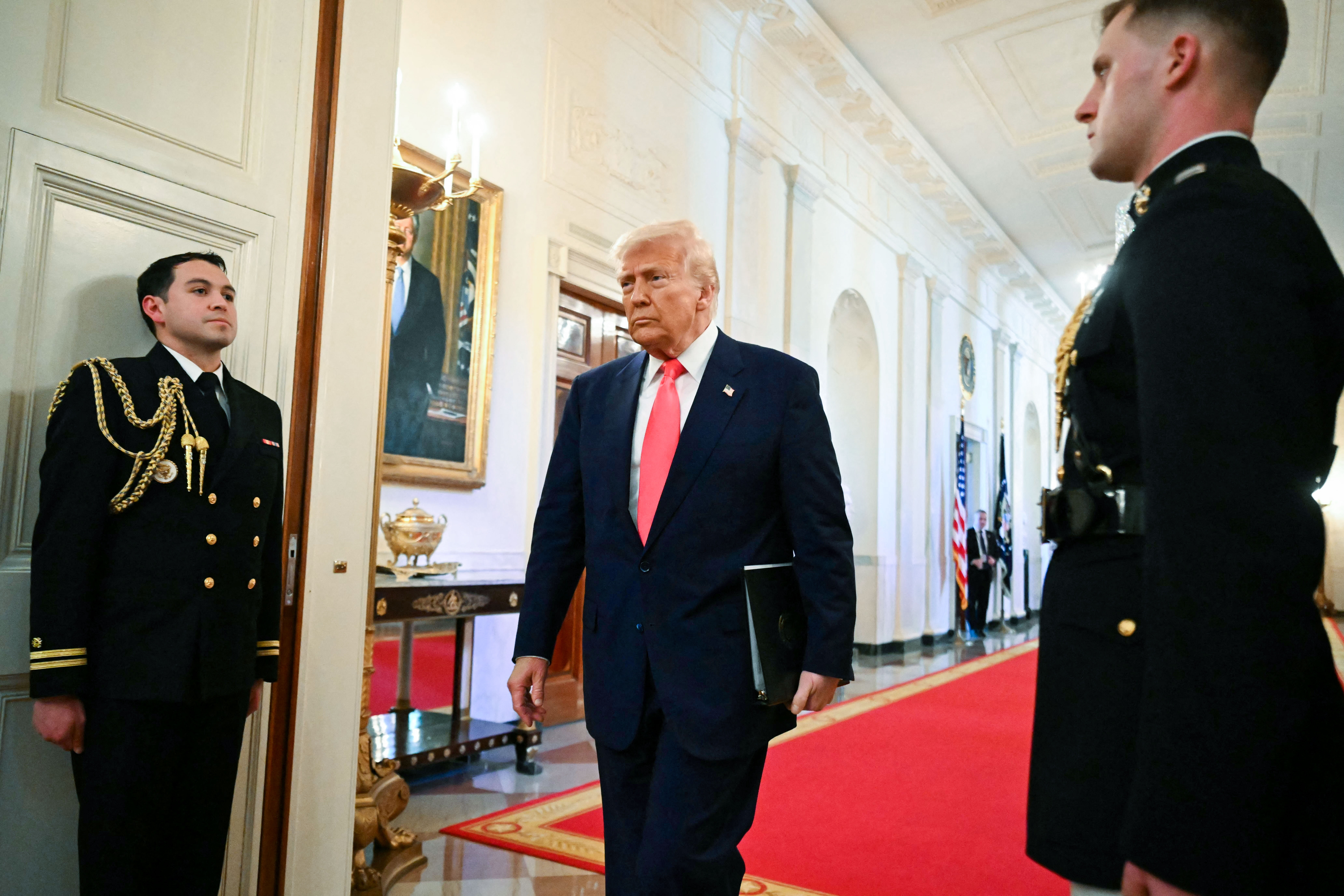
US President Donald Trump arrives to sign an executive order to boost coal mining and production in the United States, in the East Room of the White House on April 8, 2025, in Washington, DC. (Photo by SAUL LOEB / AFP) Photo by SAUL LOEB/AFP via Getty Images
Pinned




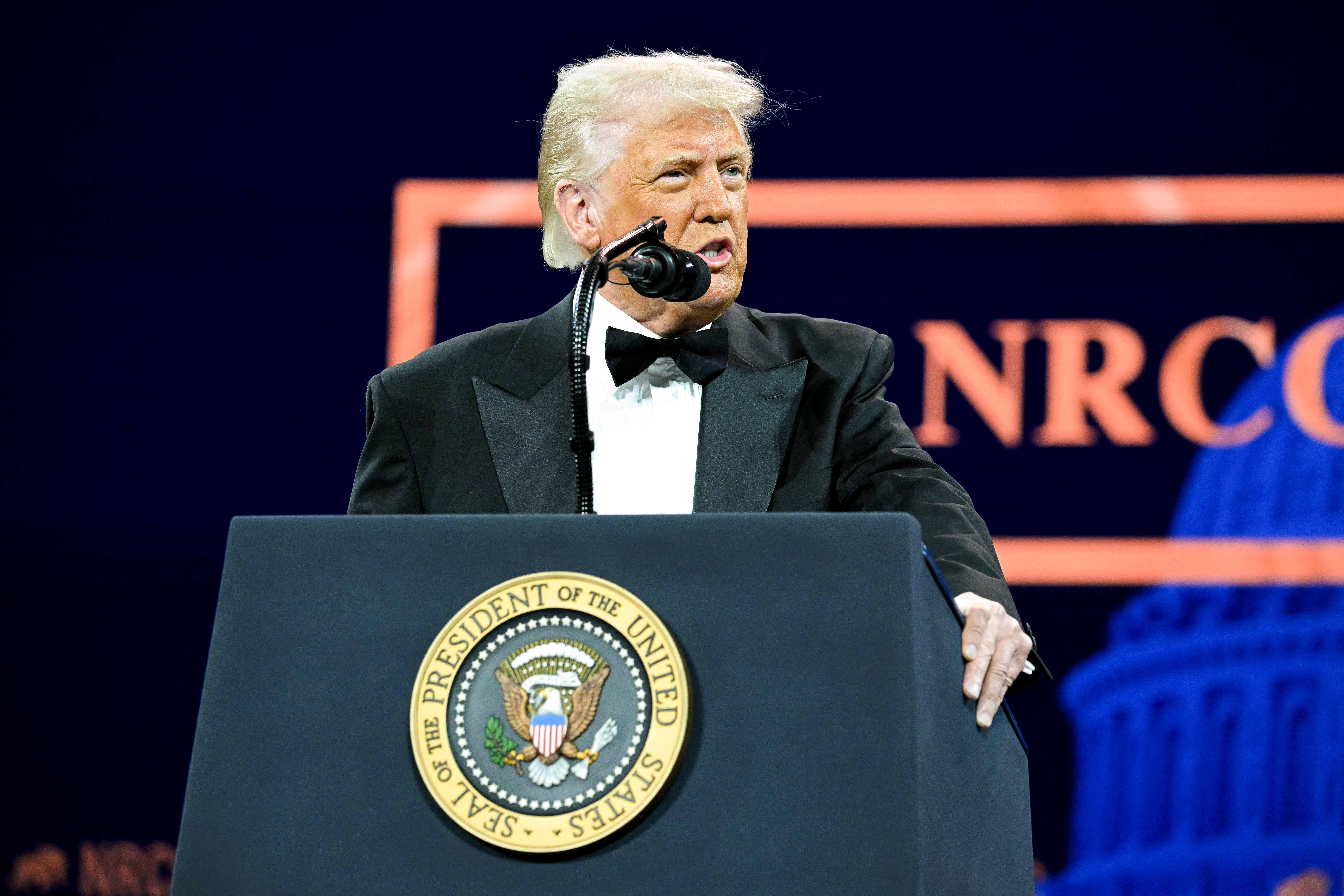
President Donald Trump speaks at the National Republican Congressional Committee’s (NRCC) “President’s Dinner” at the National Building Museum in Washington, DC on April 8, 2025. (Photo by SAUL LOEB / AFP) Photo by SAUL LOEB/AFP via Getty Images
President Donald Trump announced Wednesday that he is pausing the reciprocal tariffs that went into effect earlier in the day for 90 days, while at the same time raising rates for China.
In a Truth Social post, Trump said he “authorized a 90 day PAUSE, and a substantially lowered Reciprocal Tariff during this period, of 10 percent, also effective immediately.”
Trump said that the decision to pause the full impact of tariffs is because more than 75 countries have reached out to White House officials to “negotiate a solution” to the new duties.

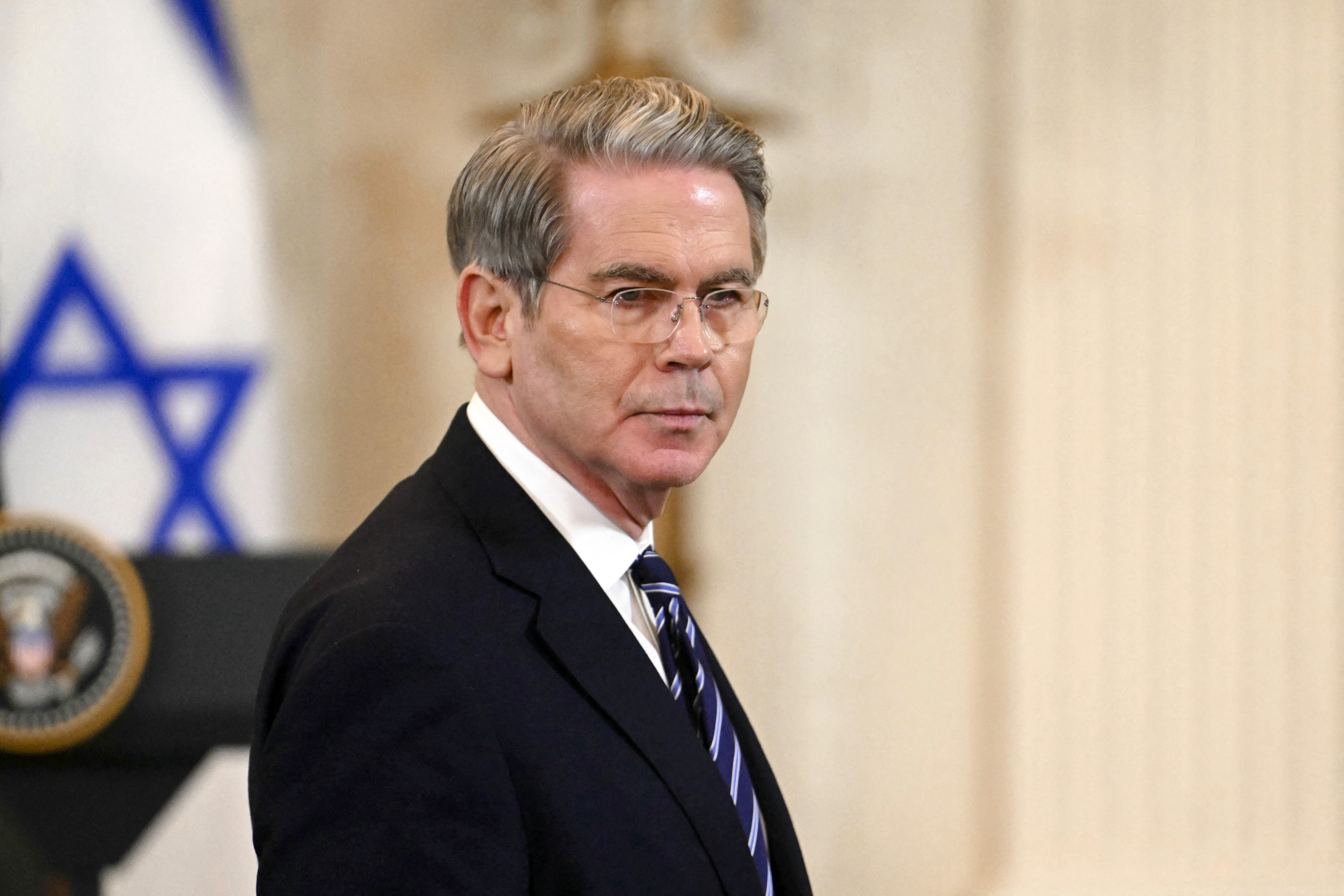
Treasury Secretary Scott Bessent arrives for a press conference with President Donald Trump and Israeli Prime Minister Benjamin Netanyahu in the East Room of the White House on Feb. 4, 2025. Jim Watson/AFP via Getty Images
Treasury Secretary Scott Bessent on Wednesday warned other countries not to align themselves with China on trade as it engaged in tit-for-tat tariffs on the United States.
Bessent delivered the warning at the American Bankers Association in Washington, saying that seeking closer ties with Beijing “would be cutting your own throat.”
He did not provide details on what the Trump administration may do if a country chooses to pivot toward China during the tariff impositions.

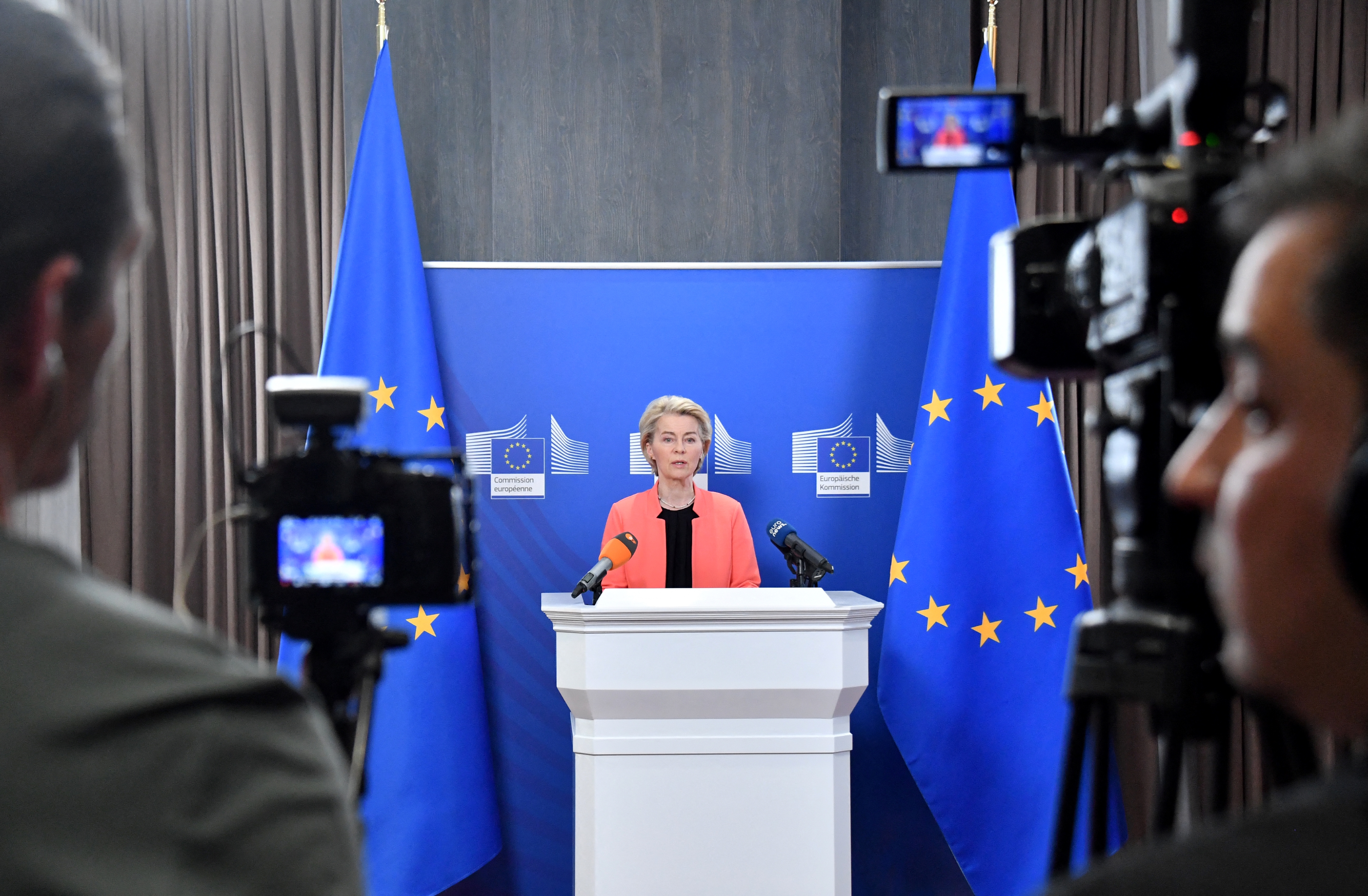
European Commission president Ursula von der Leyen holds a press conference in Samarkand, Uzbekistan, on April 3, 2025. Vyacheslav Oseledko/AFP via Getty Images
Europe must make radical policy changes, failing which, more than $100 billion in funding for pharmaceutical research, development, and manufacturing could move to the United States, warned the European Federation of Pharmaceutical Industries and Associations (EFPIA).
A survey of 18 EFPIA member companies conducted last week found that up to 85 percent of capital expenditure investments worth 50.6 billion euros ($56 billion) and as much as 50 percent of R&D expenditure valued at 52.6 billion euros ($58 billion) were “potentially at risk” of shifting to the United States, the trade group said in an April 8 statement directed toward European Commission President Ursula von der Leyen.
The at-risk figure is based on a total of 164.8 billion euros ($182 billion) worth of planned investments in the 27-member European Union bloc over the 2025–29 period.



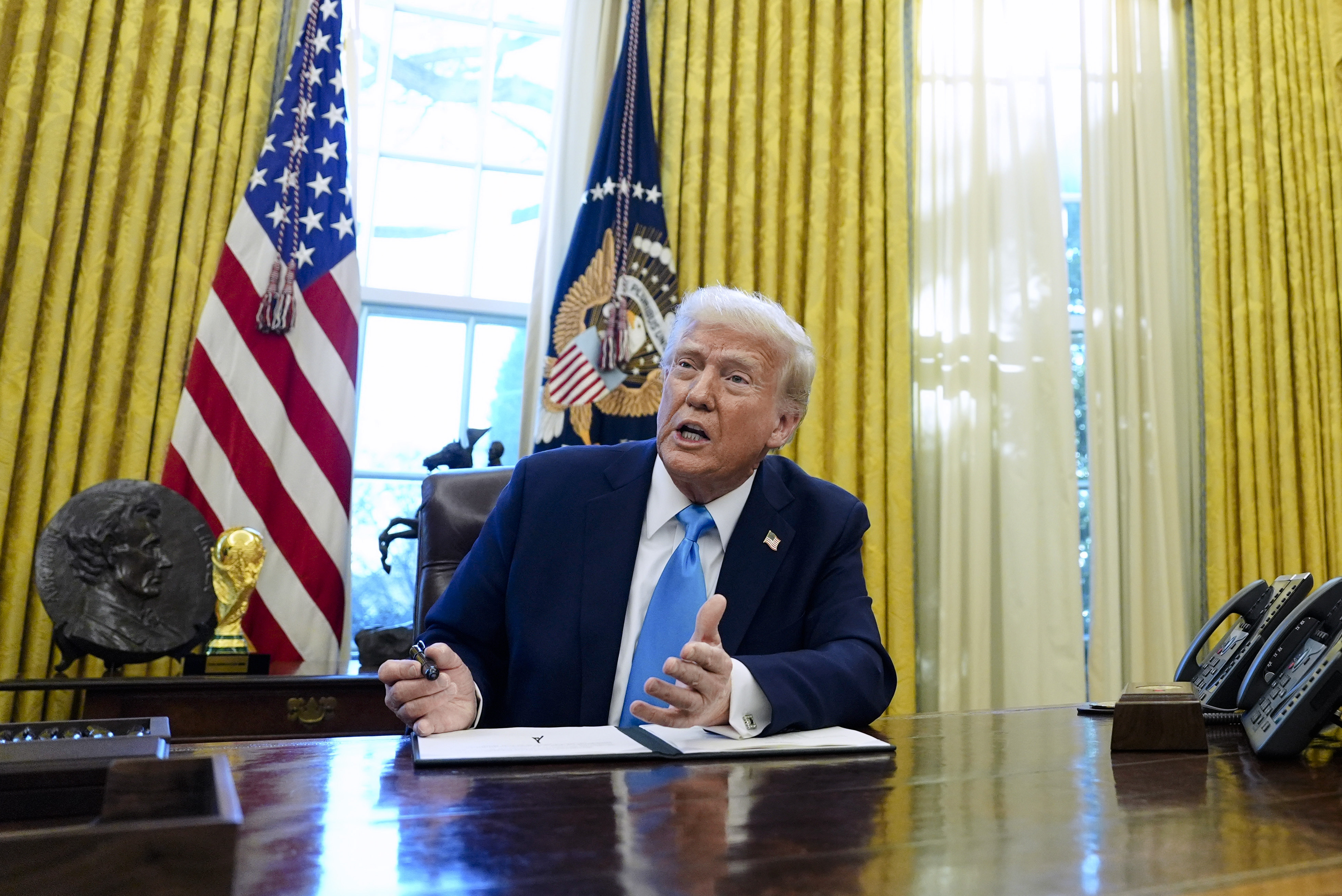
President Donald Trump speaks to reporters as he signs executive orders in the White House on Feb. 4, 2025. Evan Vucci/AP Photo
President Donald Trump on Wednesday promoted the idea of companies shifting operations to the United States as a solution to offsetting higher tariffs that his administration announced last week and which went into effect earlier in the day.
In a post on Truth Social, the president wrote that now “is a GREAT time to move your COMPANY into the United States of America, like Apple, and so many others, in record numbers, are doing.”
That way, the companies will pay “ZERO TARIFFS,” will face no environmental-related delays, and will receive “almost immediate” electrical connections, he wrote.

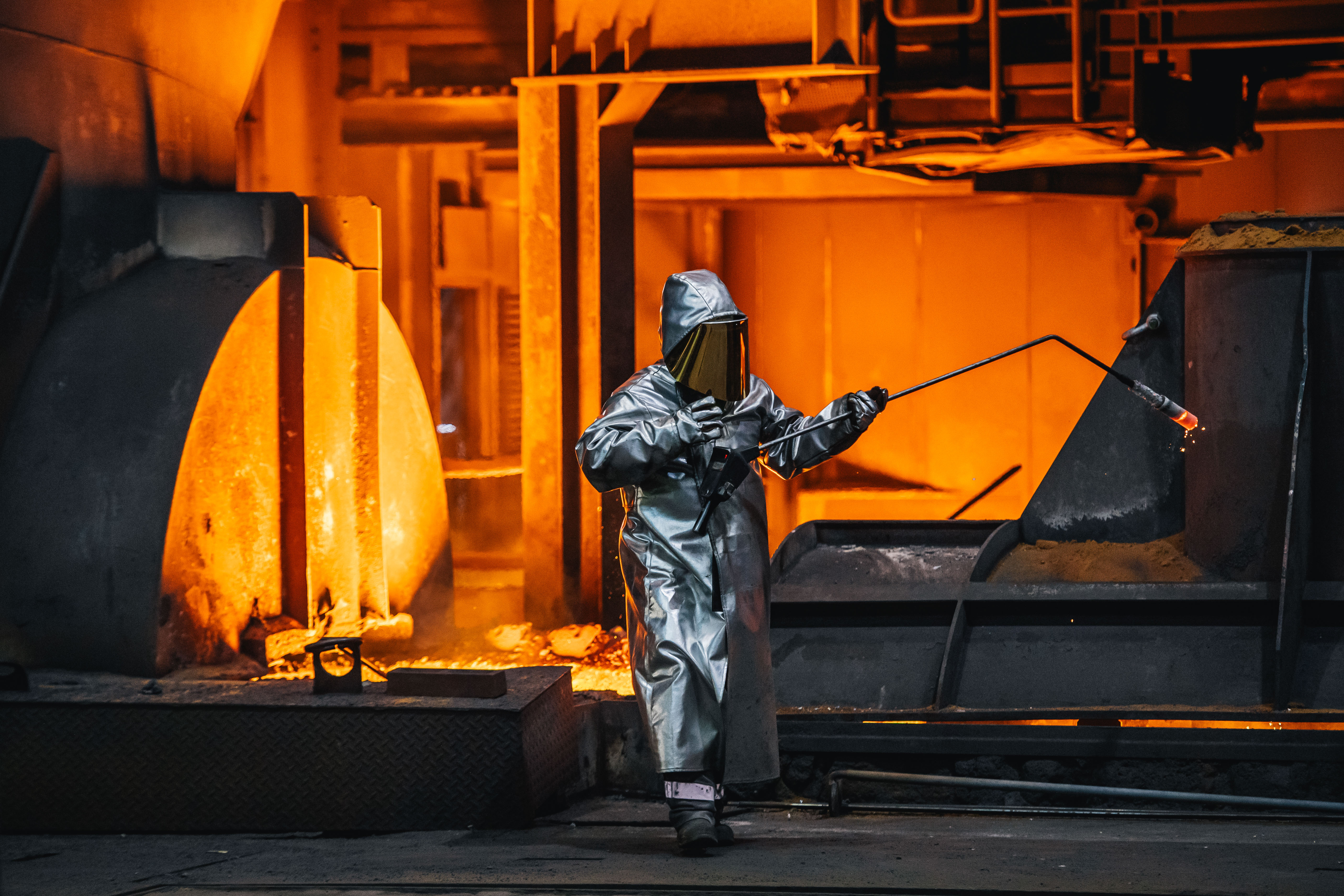
A worker at the Thyssenkrupp steel mill in Duisburg, Germany, on March. 20, 2025. Hesham Elsherif/Getty Images
The European Union has approved its first set of retaliatory measures in response to U.S. tariffs on steel and aluminum.
“The EU considers U.S. tariffs unjustified and damaging, causing economic harm to both sides, as well as the global economy. The EU has stated its clear preference to find negotiated outcomes with the United States, which would be balanced and mutually beneficial,” the union’s executive said in a statement on April 9.
The European Union’s countermeasures to the steel and aluminum tariffs will be on items such as jeans, whiskey, and motorcycles.








A truck passes by China dhipping containers at the Port of Los Angeles, in Long Beach, Calif. on Sept. 1, 2019. Mark Ralston/AFP via Getty Images
China’s finance ministry has announced an additional 84 percent tariff on all goods imported from the United States, set to take effect on Thursday.
On April 9, the Chinese communist regime said that these rules would be enforced from midday, Beijing time (12:01 a.m. ET), on April 10. The 84 percent tariff replaces the previously announced 34 percent tariff.
On April 2, U.S. President Donald Trump announced a minimum 10 percent tariff on all trading partners, as well as higher levies on about 60 nations identified by the administration as “worst offenders” in trade imbalances with the United States, including an additional 34 percent tariff on China.

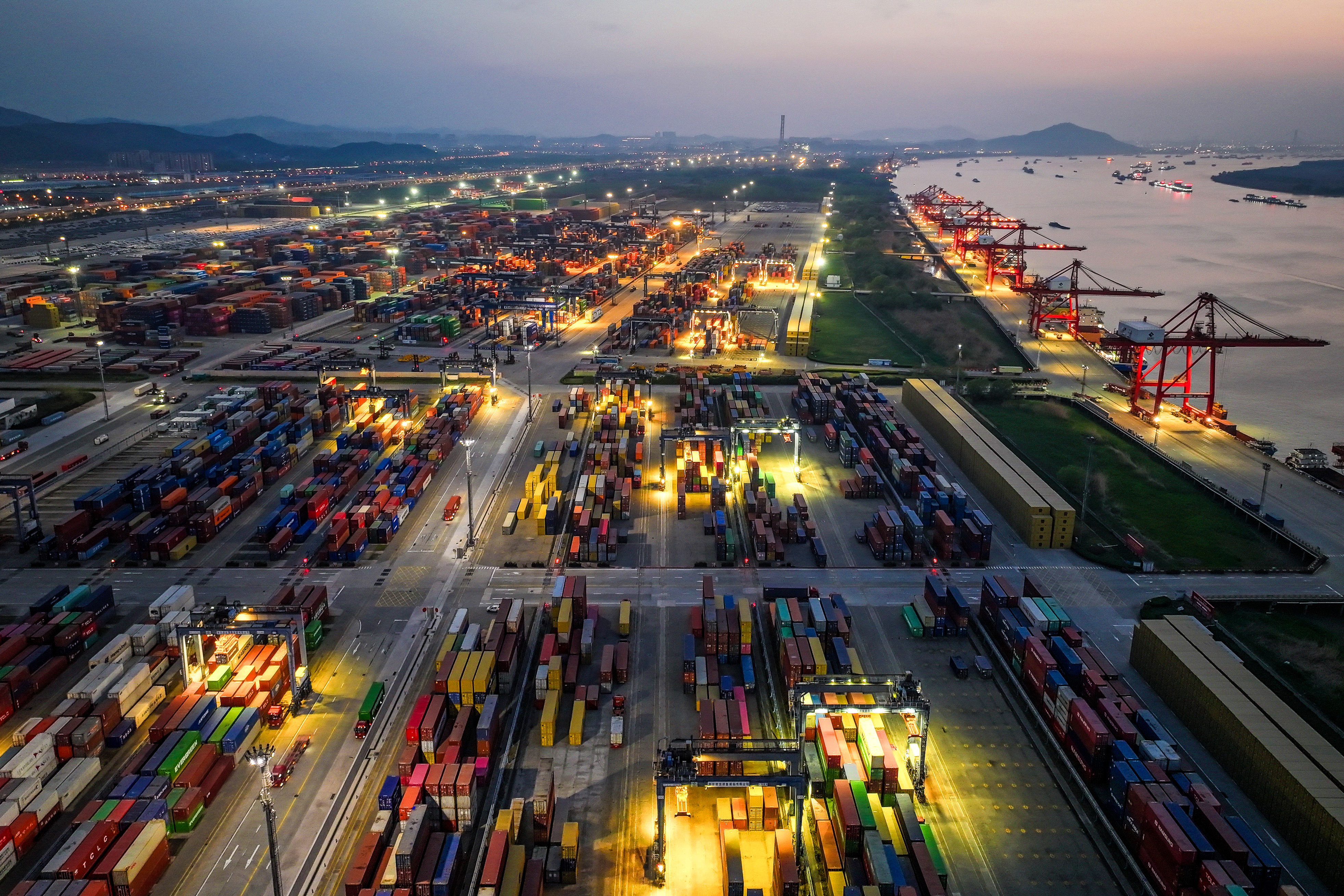
Shipping containers are seen at a port in Nanjing, in eastern China’s Jiangsu province, on April 8, 2025. STRINGER/AFP via Getty Images
President Donald Trump’s 104 percent tariffs on China and higher reciprocal levies on dozens of other nations went into effect at 12:01 a.m.
The White House confirmed that the president would follow through on his threat to impose an additional 50 percent tariff on all Chinese goods entering the United States.
In February, Trump imposed a 10 percent tariff on Beijing over fentanyl. Weeks later, he doubled the import duty to 20 percent. During the long-awaited April 2 “Make America Wealthy Again” event, the president announced a 34 percent reciprocal tariff on all Chinese imports.





